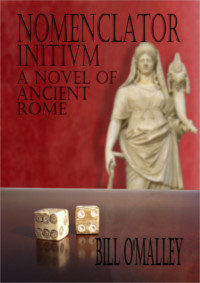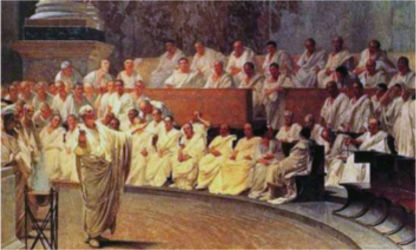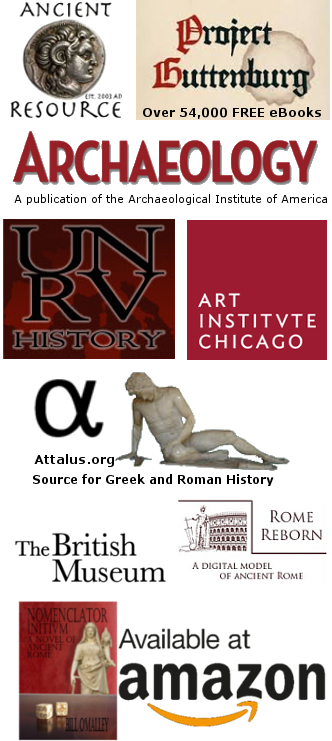


The Republic of Ancient Rome
Our word "republic" comes from the Latin res publica, meaning "things of the public" or "political things." The Roman Republic began with the overthrown of the king of Rome in the year 509 BC and ended in 27 AD with the victory of Octavianus Caesar over Marcus Antonius and Cleopatra at the battle of Actium and the establishment of the Principate. The period of the Roman Republic saw the small city state expand its control far and wide throughout the Mediterranean world. In the period before the establishment of the republic, Rome was ruled by a series of kings, beginning with the semi-mythological Romulus who founded the city in 753 BC. By the middle of the seventh century BC, the kings of Rome were either elected by an assembly of leading citizens of accepted by the Roman Senate until, in 535 BC, the king’s son-in-law, Lucius Tarquinius Superbus, with the help of his wife, murdered King Servius Tullius and usurped the throne. In 509 BC the despised Tarquinius was overthrown by the Senate, led by Lucius Junius Brutus. The monarchy was replaced by the Roman Republic.
The Romans were always a war-like people and for the two centuries following the overthrow of the monarchy the Republic expanded through the formation alliances and the conquest of the various city states on the Italian peninsula. Contrary to the modern notion, the Roman Republic did not exist as a unified nation but was rather a series of alliances between a great number of city states and kingdoms. Eventually, citizenship was granted to every free man under Roman sway, but this would not happen until centuries after the time period of the Nomenclator series of novels. In the succeeding centuries, mainly through conquest, Rome would hold sway over modern Spain and Portugal, France, Greece, much of the eastern Mediterranean all of North Africa. This vast empire brought great wealth to Rome, but the pressures of controlling and governing so much of the world in a premodern time promoted social and political changes that ultimately led to the fall of the Republic and the rise of the Principate.
To the modern eye, one might draw certain parallels between the government of the USA and the Roman Republic. This is no accident, as the founders of the United States, at least in part, based the new government on that of Rome. Rome was headed by two annually elected consuls and a number of lower magistrates. The city officials were elected by the citizens and advised by the senate. The senate drew its members from the patrician and equestrian classes and there was, at least in theory, a minimum wealth requirement for membership. The patrician class was the ancient land holding aristocracy, while the equestrians were originally the men wealthy enough to own and maintain a horse, and therefore serve as mounted soldiers in the army. The plebeian class was the poorest and was not originally allowed to hold any seats in the senate, but they were able to vote. Since a seat in the senate was granted to retired magistrates and laws were modified allowing plebeians to be elected to magistracies, some plebeian families broke into the senatorial ranks. However, men of plebeian origin were never accepted as being equal in social status to the patricians. Leading men of the republic had a strong inclination to serve Rome, whether it was out of patriotism or the desire to enhance their family's reputation. The Roman Republic's legal code, though never recorded in a formal written constitution is still reflected in the laws of many modern nations.

These links are being provided as a convenience and for informational purposes only; they do not constitute an endorsement or an approval by Nomenclator Books or Bill O'Malley of any of the products, services or opinions of the corporation or organization or individual. Nomenclator Books and Bill O'Malley bears no responsibility for the accuracy, legality or content of the external site or for that of subsequent links. Contact the external site for answers to questions regarding its content.



















